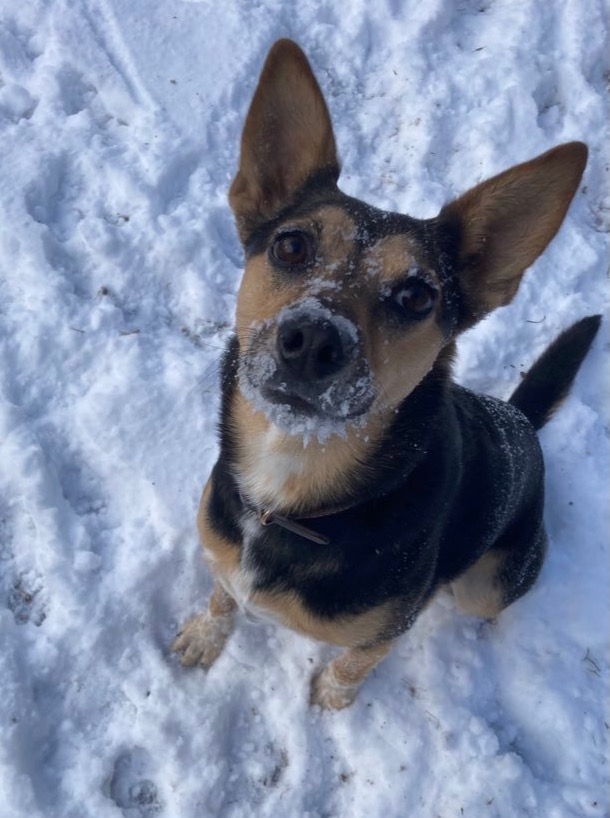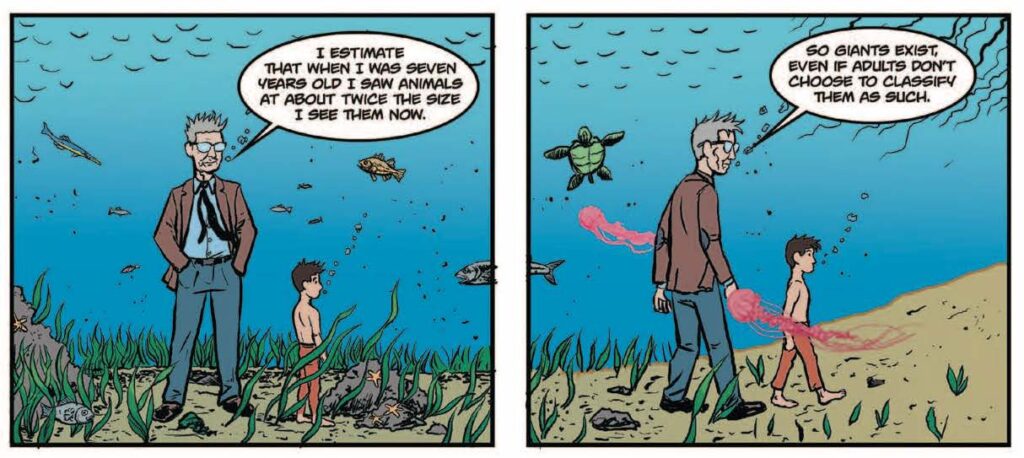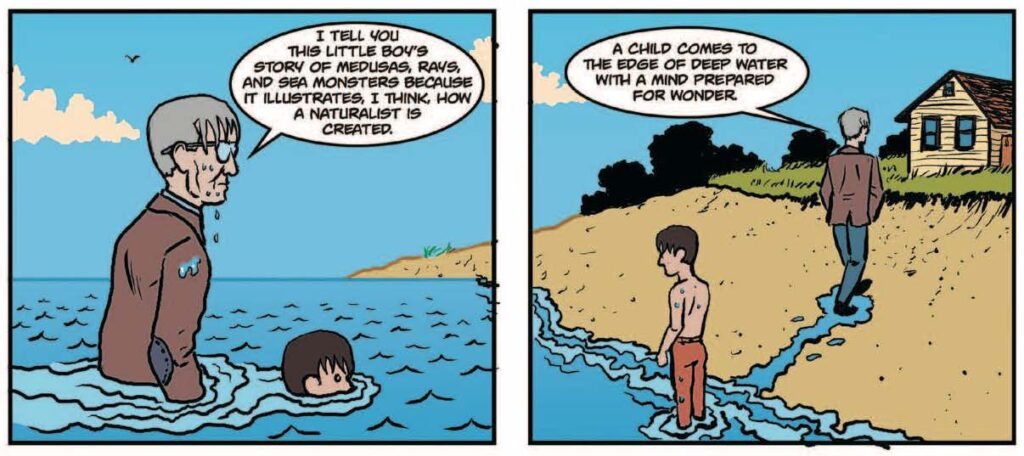Since he has a new album out today, the first in ten years, here’s a Lyle Lovett memory:
My first full-time professional career was as a consulting nuclear engineer. Kind of like Sherlock Holmes’ “consulting detective”, maybe, but practiced in places where they’d only put nuke plants. So when, during the job interview, the company asked if I was open to travel I should have figured that they weren’t going to send me to London or Tokyo or some other cool city.
Anyway, when I wasn’t living in an extended stay hotel room out in the middle of nowhere I lived in Philadelphia, but I didn’t like it there either. It is a cool city, but it turns out I like living near big cities, not in ’em. I’m currently not far from Detroit, and can get to Toronto or Chicago in a few hours, and that’s how I like it.
One of the fine things about Philadelphia was the music scene. I saw performers ranging from the Indigo Girls (not so great live, at least on that tour) to John Lee Hooker (so so great live). I’m not sure I’d even recognize this version of me now, but record hunting on South Street was a thing I actually did many Friday nights.
And the radio was terrific. WHYY, home of Fresh Air, for news and WXPN for music. Around 1990, towards the end of my time there, the latter did the unthinkable for a college station and hired a professional morning host named Michaela Majoun. Professional, as in she showed up on time and didn’t leave your clock radio to serve up absolute dead air when the alarm went off so you didn’t wake up in time for work, an experience I had with previous college stations…looking at you WCBN in Ann Arbor. (Yes, I hold a grudge.)
I had an invisible crush on her. Or at least her taste in music, and between her and Terry Gross she locked me in as a public radio listener. So much so that I started sending money in to pledge drives. And at some point, I decided I should volunteer to help take those pledges, so one morning in the spring of 1990, I think, I got up even before her show began and stumbled over to Penn’s campus to answer a land-line and eat stale bagels and glance over to the broadcast booth when it was quiet to see the magic happen.
It was fun, but Ms. Majoun didn’t have much time to hang out, meaning her good taste wasn’t going to literally rub off on me. So when my shift was over and I had to head for the door and the day job, I got a wave and a mouthed “thank you,” which was cool.
On the way out I stopped for a drink of water, and with head down, out of the corner of my eye I saw that the person waiting to get a drink after me was wearing a truly fine pair of cowboy boots. I wore a truly utilitarian pair of cowboy boots when I was on site at the nuke plant — they were quite comfortable for a full day on my feet, it turns out. So I appreciated ’em, and as I lifted my head from drinking I was about to compliment the owner when I realized I had to keep looking up. And up. And then up some more. When I reached Lyle Lovett’s eyes I realized I had to keep looking even further if I wanted to see all the hair, but I stopped myself from doing that, stuttered out “I really like your new album,” and he gave that crooked smile he has and out of the corner of his mouth he drawled “Well, thank ya verruh much.” and maybe we shook hands, but I don’t remember anything more than that the encounter carried me through the rest of the day.
Through to now, in fact.
There’s no point to this story, I guess, but there is a take-away: go listen to “If I Had a Boat” now and read your copy of “Becoming Duchess Goldblatt” tonight (trust me) and wake up to your local public radio station tomorrow and discover something new and cool.
 After wanting to have a dog in my life basically all of my life, it finally happened a year ago today. That’s when we had Bella in for an sleepover, in part to find out whether she and Pepper (our cat) would get along…or at least tolerate each other. That went fine, and when the next day arrived we decided to tell the person we adopted her from that unless they objected, it might be less confusing if she just stayed.
After wanting to have a dog in my life basically all of my life, it finally happened a year ago today. That’s when we had Bella in for an sleepover, in part to find out whether she and Pepper (our cat) would get along…or at least tolerate each other. That went fine, and when the next day arrived we decided to tell the person we adopted her from that unless they objected, it might be less confusing if she just stayed.
 You can
You can 
